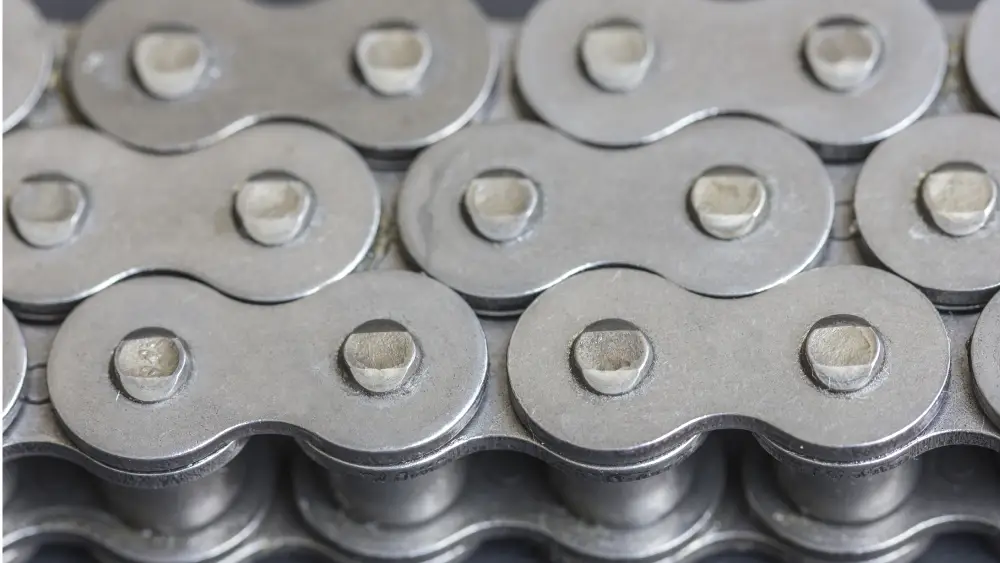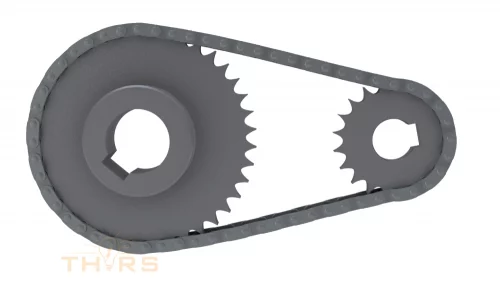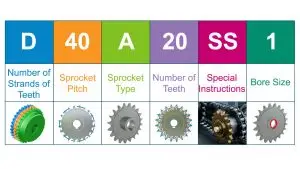Course Description
The learning content in this industry library will help learners better understand the basic components, processes, types of chains, and a general terminology associated with industrial chains. These concepts are brought to life in these courses using realistic 2D and 3D models, helpful animations, and interactive quizzes. These courses are beneficial for those who are experienced in the industrial chain industry as well as those who are new to this industry.
Who will benefit from this industrial chains course?
Quality, manufacturing, engineering, designing, purchasing, and sales functions at organizations that require an understanding of industrial chains.
Course Classification
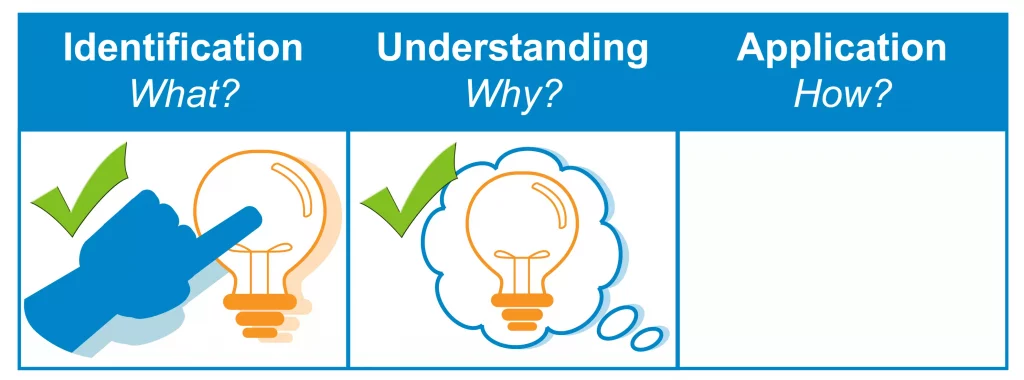
*THORS uses the Bloom’s Taxonomy Methodology for our course development.
Certificate Awarded for Chain Fundamentals: Industrial
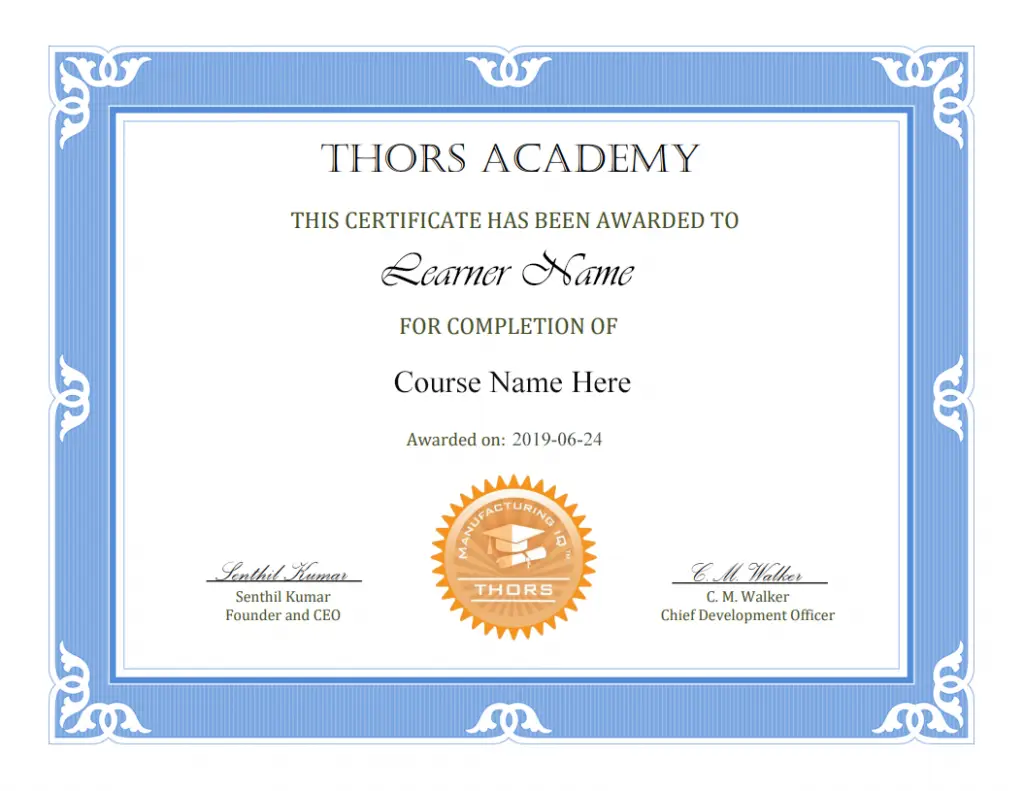
*upon successful completion
Related Posts
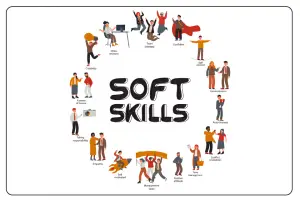
Developing Soft Skills in the Tech Industry
Soft skills in the tech industry, where precision and expertise are paramount, might seem secondary. However, soft skills such as communication, teamwork, and problem-solving, play

5 signs you should invest in effective workforce training
In today’s constantly changing marketplace, the importance of workforce training has never been greater. Workforce training has the ability to not only increase workforce efficiency

The Role of eLearning in Compliance Training
In today’s fast-changing business environment, effective compliance training is more crucial than ever. eLearning in compliance training has emerged as a powerful tool for ensuring

